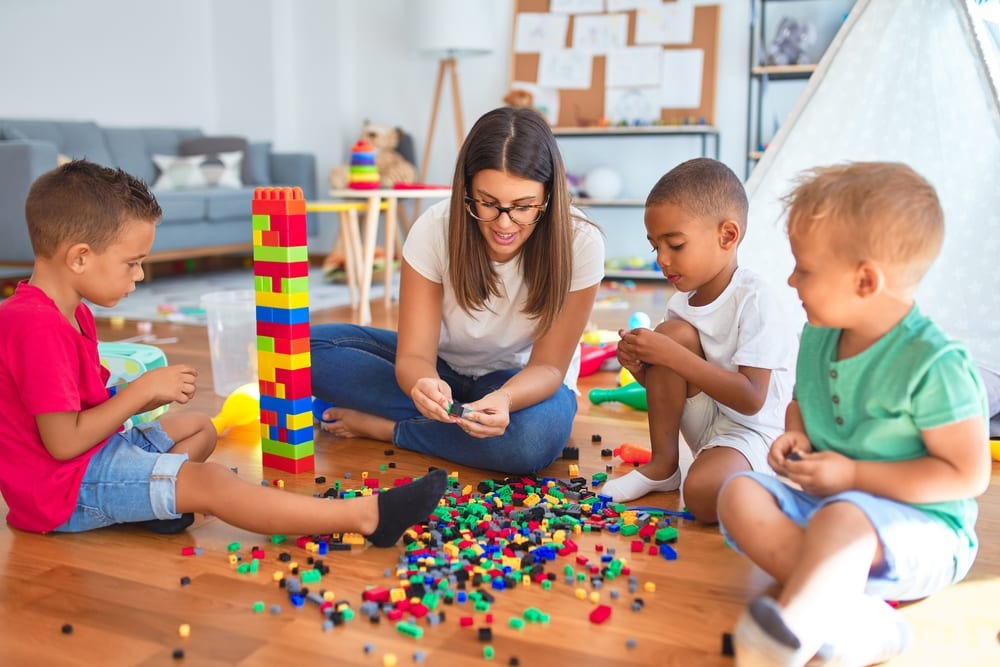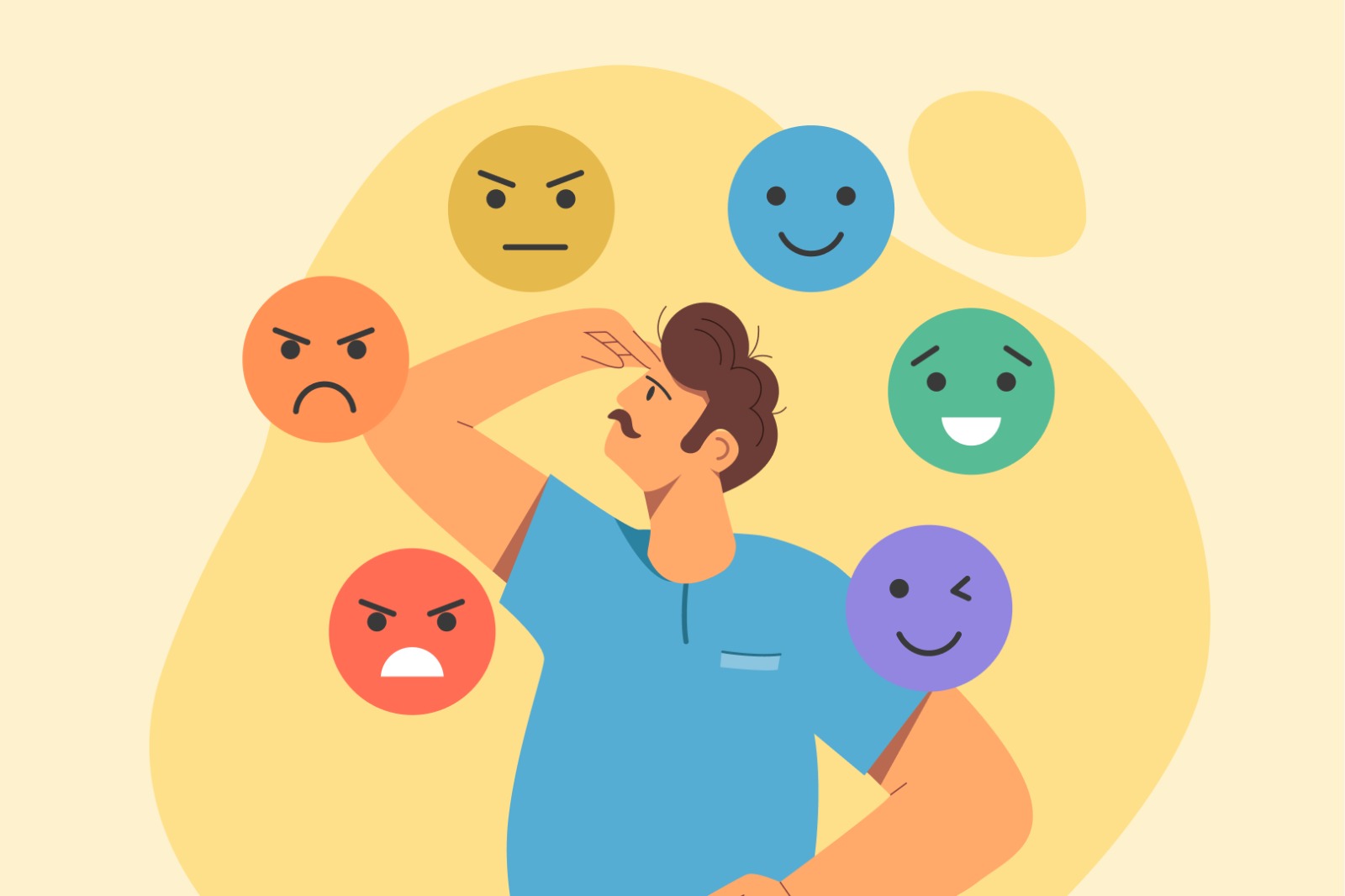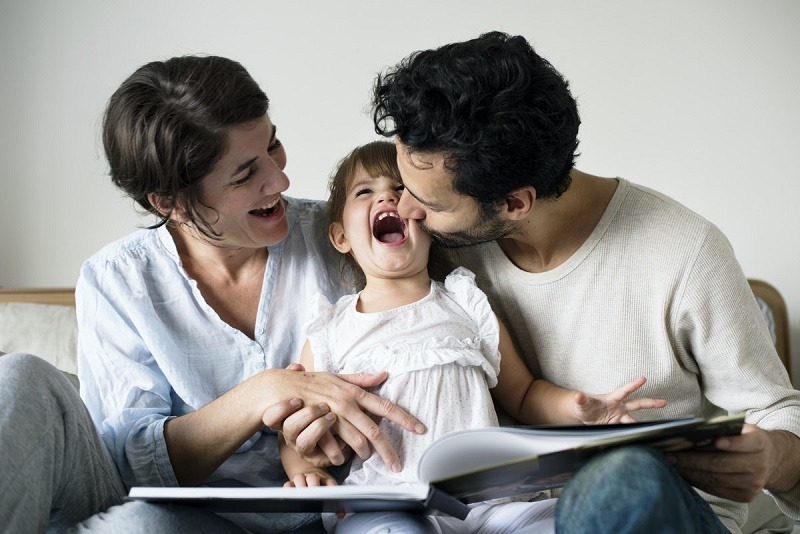From my experience working with children over the years, I’ve seen how young minds often have powerful feelings they struggle to articulate. Their world is bursting with imagination and expression, but complicated emotions can be hard to understand or share. That’s where play therapy becomes an invaluable tool—serving as a universal language that allows children to communicate, process, and heal through their natural, creative way of playing.
What is Play Therapy?
Play therapy is a gentle, non-verbal form of therapy that uses creative activities like drawing, role-playing, storytelling, and the use of toys to help children express their inner world. Instead of sitting in a chair and talking about their feelings—something often difficult for young children—kids engage in play that mirrors their emotional experiences. Whether acting out a story with puppets or drawing abstract images, children find a safe space to share feelings they might not yet have words for.
I often tailor these techniques based on each child's unique needs. For some, a sandbox becomes a battlefield for releasing anger; for others, drawing helps translate anxiety into visual form. My goal is to create a supportive environment where each child feels free to explore their emotions at their own pace, fostering healing from within.
The Science Behind Play Therapy
Play isn’t just fun—it's the natural way children explore and make sense of their world. Neuroscience research confirms that play stimulates brain development, especially in areas associated with emotional regulation and social skills. When children engage in play, they are essentially reenacting real-life situations, giving them an outlet to express feelings they might be unable to articulate verbally.
A landmark study published in the Journal of Child Psychology and Psychiatry highlighted how play therapy significantly reduces symptoms of trauma and anxiety in children. It provides a safe outlet for emotional catharsis, enabling children to process traumatic memories without becoming overwhelmed.
Benefits of Play Therapy
Emotional Expression - Kids often show their emotions through play rather than words. During therapy sessions, children might act out situations involving anger or fear or use art to depict their sadness. This natural expression helps them release pent-up feelings and gain emotional clarity.
Trauma Processing - Children who have experienced trauma—breakups, accidents, or abuse—can find relief through play therapy. I’ve seen children who initially withdrew from their surroundings gradually open up and work through their feelings, leading to a reduction in symptoms of PTSD and anxiety.
Development of Coping Skills - Play therapy teaches children healthy ways to cope with challenges—whether it’s frustration from a lost game or fear of a new school. They learn to manage difficult emotions through role-play and storytelling, gaining confidence in their ability to handle future stressors.
Enhancing Social Skills - Playing with others naturally promotes cooperation and conflict resolution. Children learn turn-taking, empathy, and how to navigate social situations, which lay the foundation for healthier relationships later in life.
Building Self-Esteem - Through successful play and self-expression, children start to see themselves as capable and confident. These small wins accumulate, fostering a positive self-image and resilience.
Behavioral Improvements - Many behavioral issues stem from emotional distress or unresolved trauma. Play therapy addresses these root causes, helping to reduce problematic behaviors such as aggression, withdrawal, or tantrums.
When Should Play Therapy Be Considered?
I often recommend play therapy when a child shows signs of emotional or behavioral struggles—such as withdrawal, aggression, anxiety, or difficulty adjusting to changes. It’s especially helpful for children who have experienced trauma or significant loss. If a child’s behaviors persist or worsen, engaging in play therapy can be a game-changer.
A Story of Transformation
One little girl, Aisha, was withdrawn after witnessing her parents’ separation. Her drawings became dark and chaotic. Through play therapy, she gradually acted out her feelings and expressed her fears, eventually openly discussing her sadness. Over several months, Aisha’s art brightened, and her trust in herself and others grew. Today, she navigates her emotions with confidence, thanks to the gentle power of play.
Conclusion
Play therapy isn’t just a treatment — it’s a doorway to understanding and healing. With my specialized approach, I help children unlock their emotions in ways that feel natural and safe. Every child deserves to express themselves freely and flourish emotionally. If you notice your child struggling with feelings they can’t share, remember that sometimes, the best therapy is simply to let them play.
If you want to explore how play therapy can help your child, feel free to reach out for a consultation. I believe in transforming pain into growth, one play session at a time.



Add a Comment